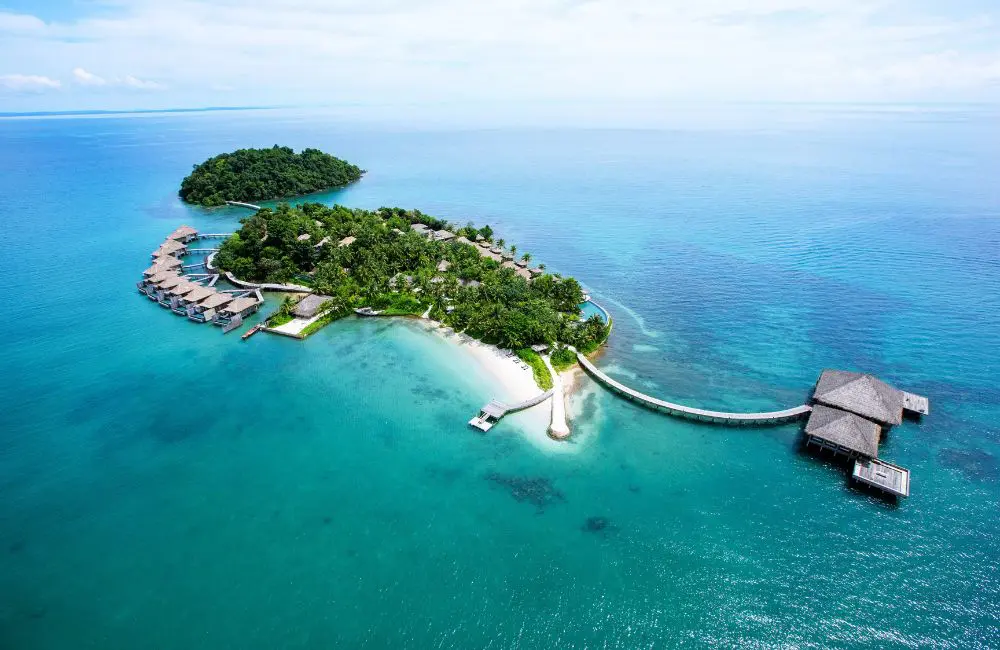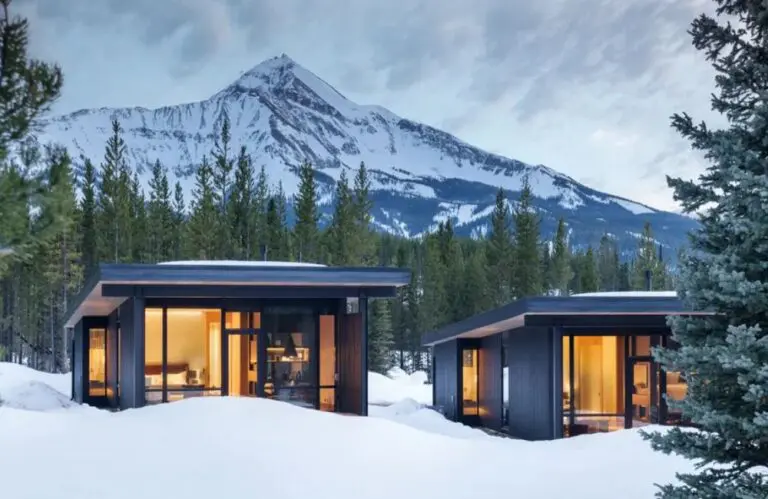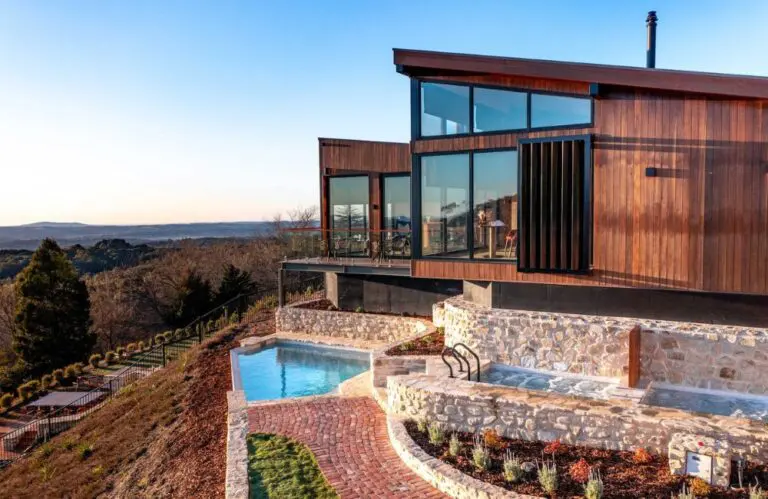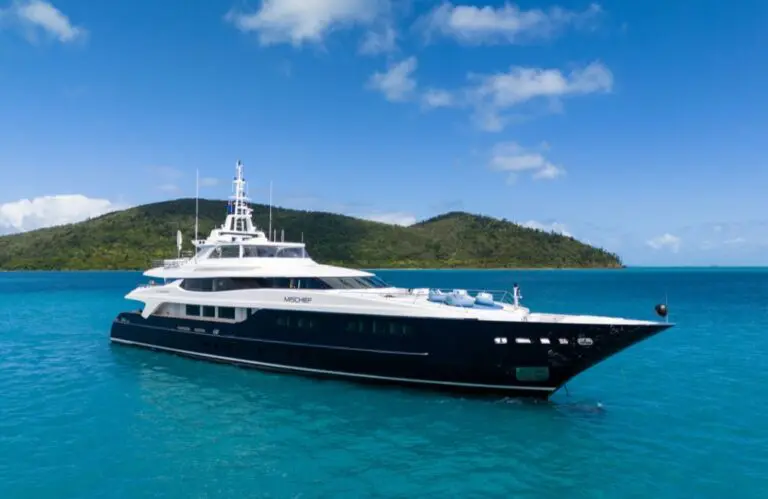On Song Saa Private Island in Cambodia’s Koh Rong archipelago, conservation efforts have led to the country’s first protected marine park, and thanks to visitors to this isolated isle, the luxury retreat is able to continue to protect it.
The golden glow of the sunset reflects off the glassy waters where gentle, rhythmic waves lap the shoreline. Champagne fizzes in my glass as dishes of steamed red snapper, beef lok lak and wok-fried seafood with Khmer dipping sauce are served to our white-clothed table, where beneath our feet sink into the icing sugar-like sand.
Sitting here, it’s hard to imagine this pristine island was once knee-deep in rubbish, and yet when Australian Melita Koulmandas bought the island for US$15,000 in 2005 not only was it reminiscent of a dump, the marine life was also decimated by the multiple fishing boats parking in the archipelago.
It took seven years before the doors opened at Song Saa, and Koulmandas’ efforts, in collaboration with the local chiefs, formed Cambodia’s first protected marine park.
The special thing here, Song Saa’s marine scientist Anna Sabrina Petry tells me before I’m about to go on a kayak to explore the pristine waters for myself, is that there is a 200-metre protection zone around the island, with strictly restricted fishing.
She says that allows important work to restore coral to be carried out, and the results have been almost immediate.
“The coral reef is the foundation of marine life, and you can see changes and improvement in such a short time… in just a few weeks the tissue is already building again. That’s why I love this job because you see your impact so fast. It’s fulfilling work to do.”
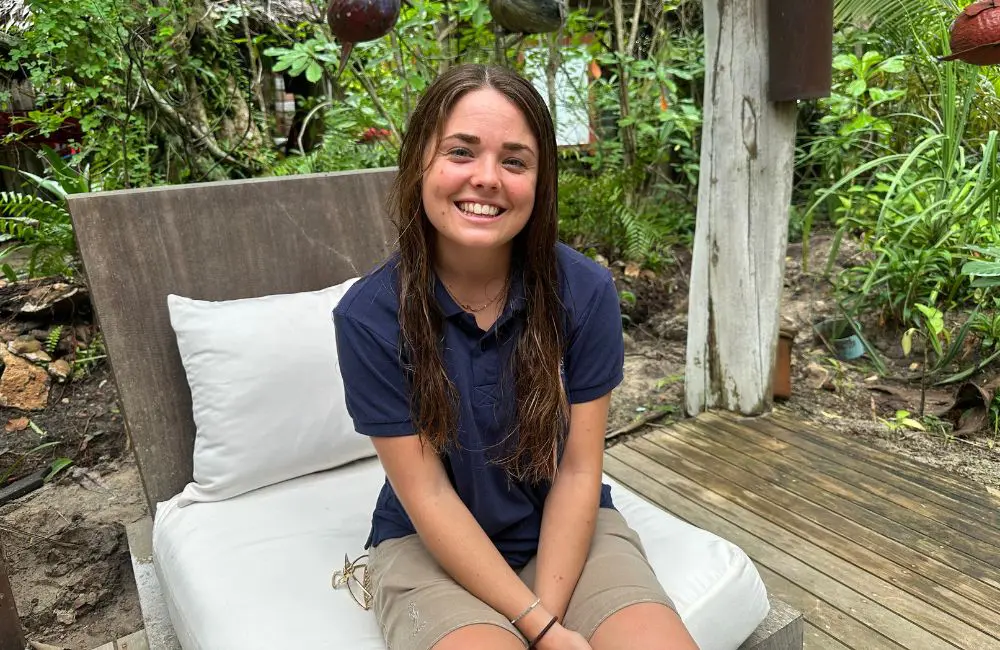
They also discovered a seagrass bed, a development that leaves marine scientists like Petry in a state of euphoria.
“It is a big carbon basin, so it takes more carbon dioxide out of air than rainforest and that helps reduce coral bleaching,” says Petry.
“We are looking after the whole ecosystem, and it’s so important because everything is connected.
“For visitors, it means more species to see and a healthy reef. The coral reef here already has one of the highest biodiversity in coral I have seen, and that means a lot of marine life, so if you want to go to a place to see an ecosystem how it would naturally be, that’s what we want to achieve.”
And that’s where tourists come in.
As well as some of the money you pay to stay here going back into the Song Saa Foundation, by snorkelling these gin-clear waters, it also raises awareness and funds to preserve and protect the region.
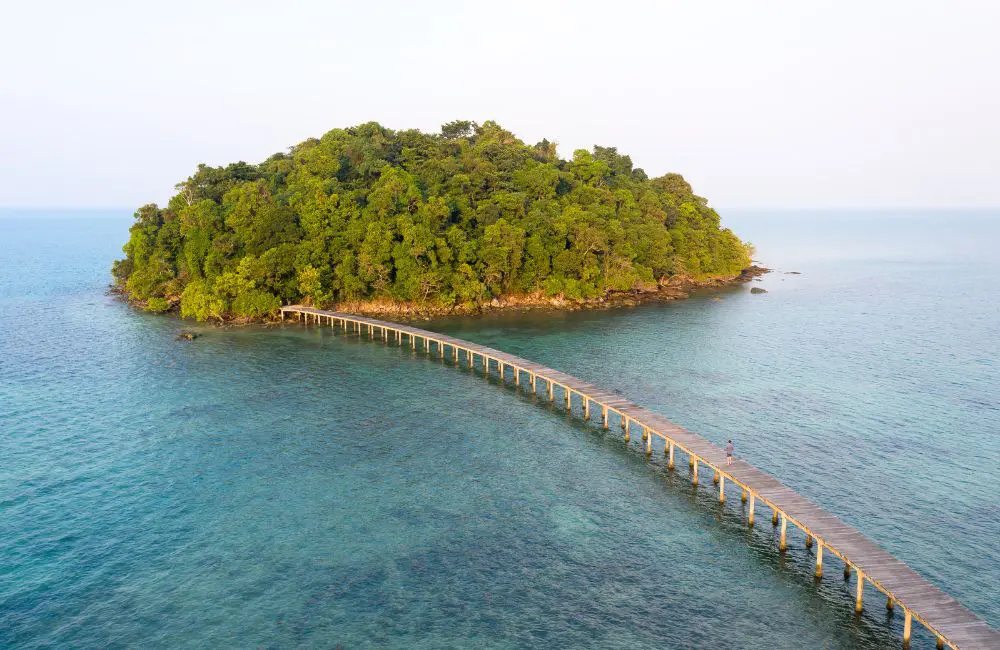
Educational experiences
The next day starts with yoga beside the resort’s infinity pool to the sound of the lap of the ocean and birdsong, before we head back out on the kayaks.
Flying fish leap from the sea and below us, kaleidoscopic parrotfish dart – and there’s not a scrap of rubbish to be seen.
Later, when we are walking with naturalist and botanist Vichea Sok on neighbouring islet Koh Bong, he explains how the locals are hired to collect rubbish, often taking away up to 80 bags every week – such is the ongoing effort to keep the island clean.
Koh Bong has little on it, a ‘jungle’ gym hidden away on a wooden platform with views across the sea, where weights are made of wood, and thick verdant forest rich with birdlife.
Sok stops excitedly every few metres to explain the flora: wild yams, the edible orchid tree, banyan and rosewood trees, the latter which are now endangered, and the mangrove fan palm – used by locals to wrap and cook food.
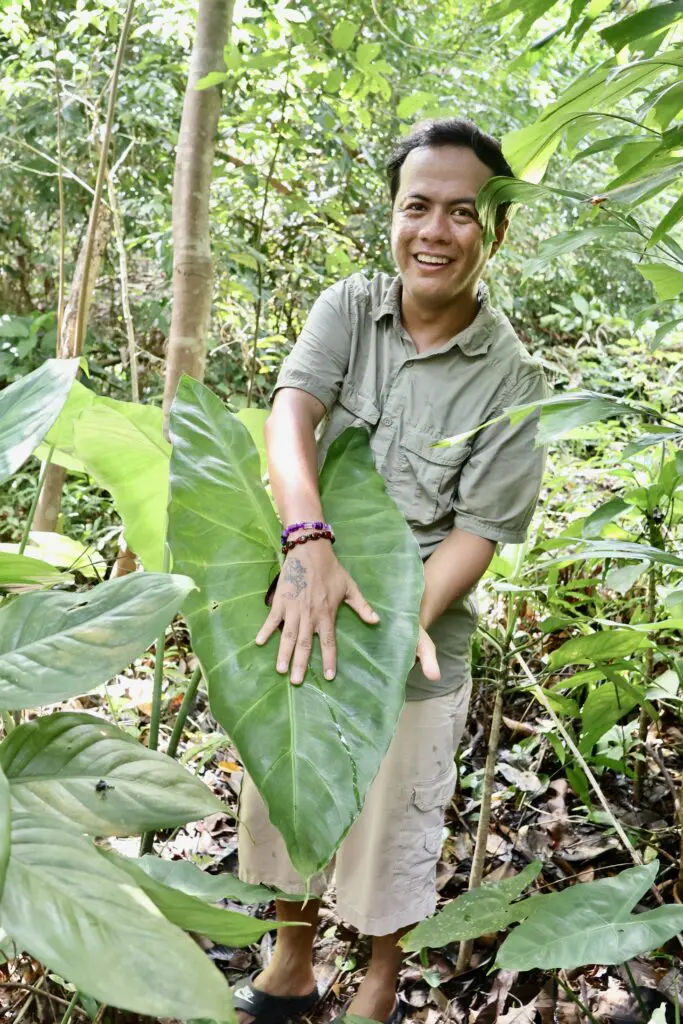
Another day, we board a long-tail to visit the Prek Svay community on neighbouring Koh Rong island with marine biologist and conservationist India Thomas to see first-hand the work the foundation does.
In the centre of the small village is the Song Saa Foundation school, where local children are taught English. When we arrive, there are eight children proudly chanting English words after their teacher.
The visit here is as much about educating tourists as it is the children. And Thomas says the first lesson is not to give money to the children because it discourages them from going to school.
Experiences are based around the entire ethos of giving back, and you deeply feel how the resort is working hand in hand with the local community to protect this region.
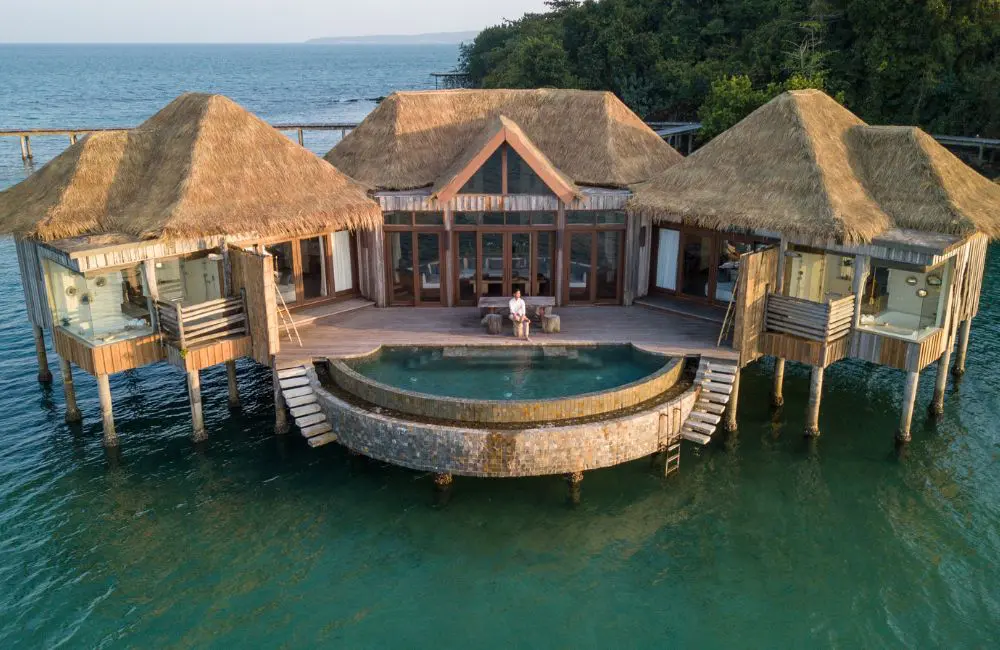
A sanctuary above the sea
When not whiling away the day exploring the nearby islands and marine life, time must be spent in the villa – a space so luxurious it wouldn’t be out of place to see A-listers swanning around their infinity pool cocktail in hand, or slipping into the ocean directly from their terraces.
Each of the 24 villas was built sustainably using local driftwood and salvaged wood, like every building here, and yet the design and space are the epitome of grace.
Ours, a two-bedroom overwater villa, has a large central sunken lounge with views across the pool and ocean, and two ‘wings’ where you’ll find sprawling bedrooms with four-poster beds draped in white linen, and indoor/outdoor bathrooms with stone baths and floor-to-ceiling windows with views across the sea.
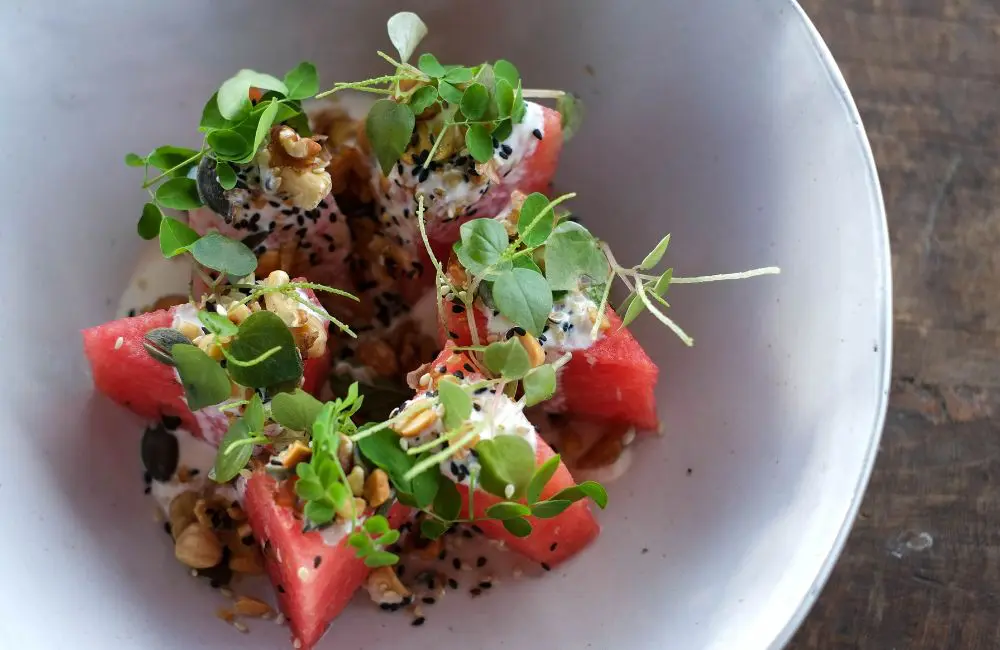
Wine and dine
Each day, a tiny scroll wrapped in twine is hung on the door telling you where you’ll dine that evening. Feet in sand beachside or in one of two restaurants – Driftwood or Vista Bar & Restaurant, the latter which sits on stilts over the water, both perfect spots to watch the sky turn into a blaze of orange with a sundowner in hand.
Food is crafted from seasonal, local produce, including Khmer flavours. Expect line-caught snapper from Cambodian fishermen; cheese produced in small-scale dairies and coconut rice from conservation-focused farmers in Cambodia’s Northern Plains.
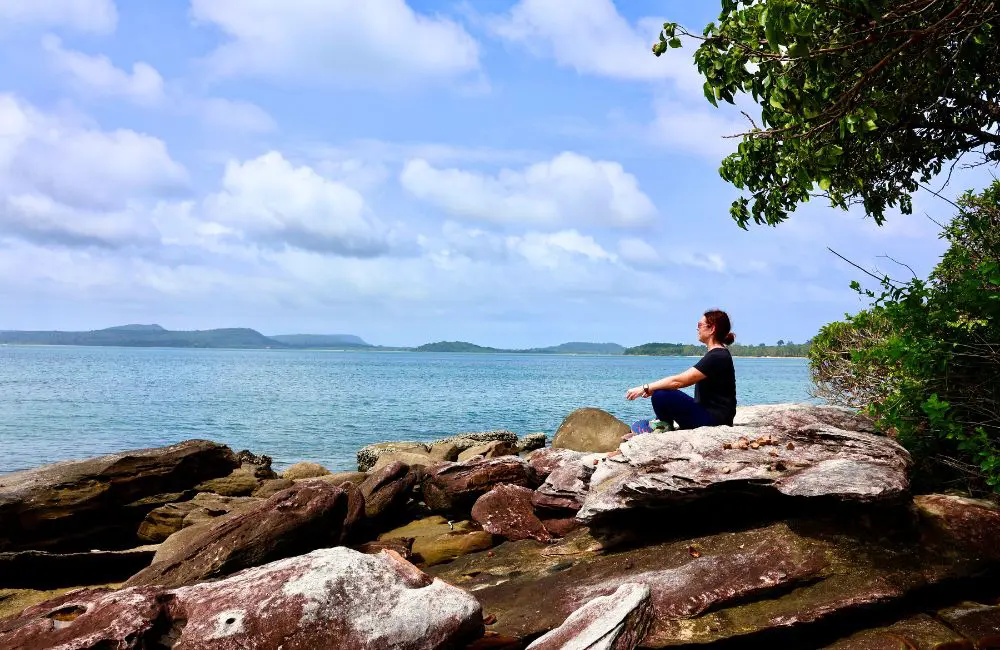
The verdict
For anyone who genuinely and authentically cares about conservation and the partnership between a luxurious property and the local community, this is the place for you.
The perfect antidote to days spent in the hustle and bustle of the city and on tours of temples, it’s a place that you’ll be pining to return to as soon as your boat slips away from the pier.
The details
Address: Song Saa Private Island is a 45-minute speedboat ride from Sihanoukville Port. The nearest airport is Sihanoukville International Airport (KOS) – a 30-minute drive. Flight time from to Sihanoukville from Siem Reap and from Phnom Penh is about 45 minutes.
Room type: Two-bedroom overwater villa
Check-in: 2pm
Check-out: 11am
Rates (two-bedroom overwater villa): Around US$3,000 to $5,000 per night, depending on the time of year.
All-inclusive rates include breakfast, lunch, dinner, snacks, alcoholic drinks, in-villa dining, a spa treatment, laundry, village tour and transfers.
For more information, visit Song Saa.


